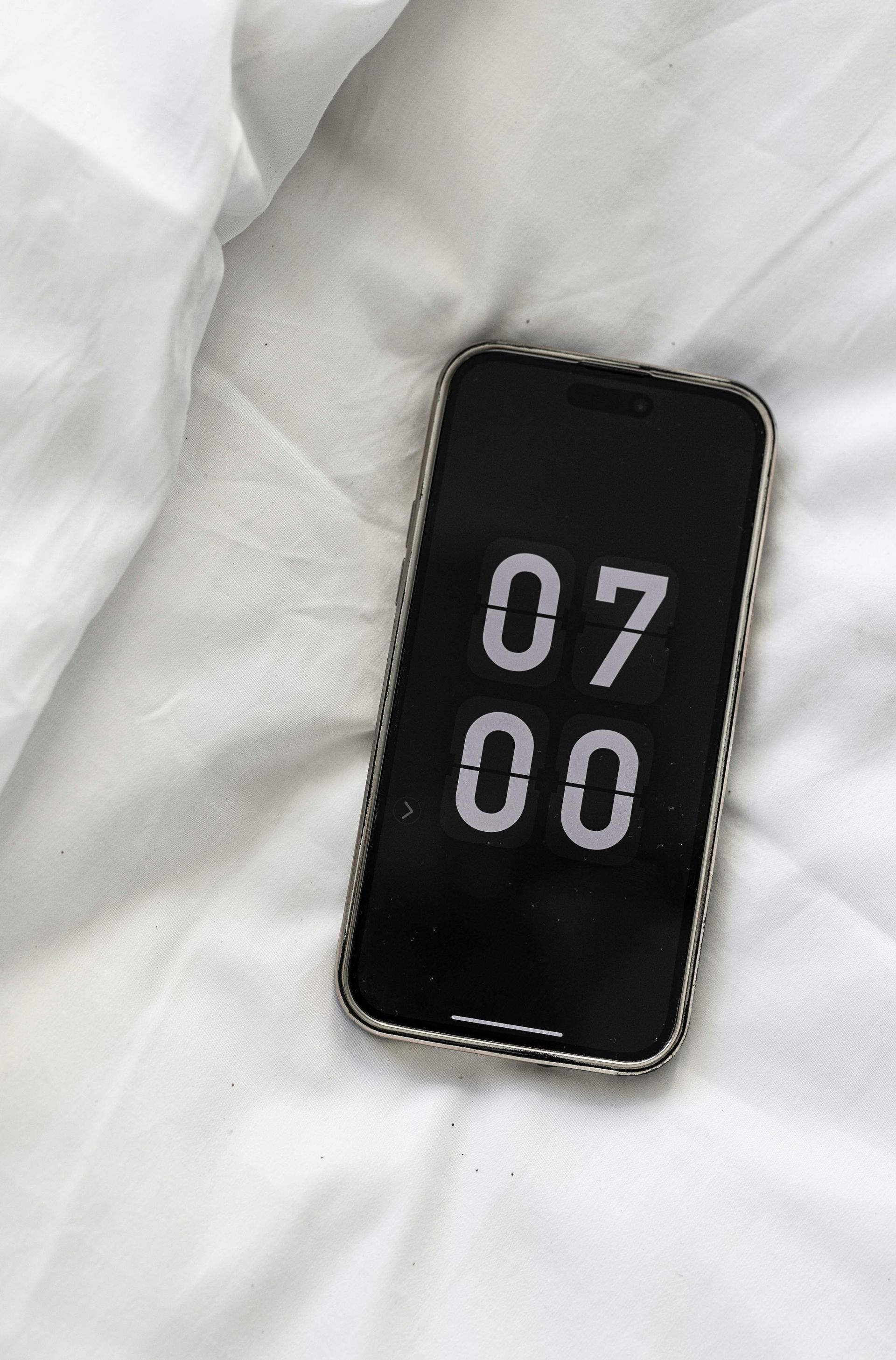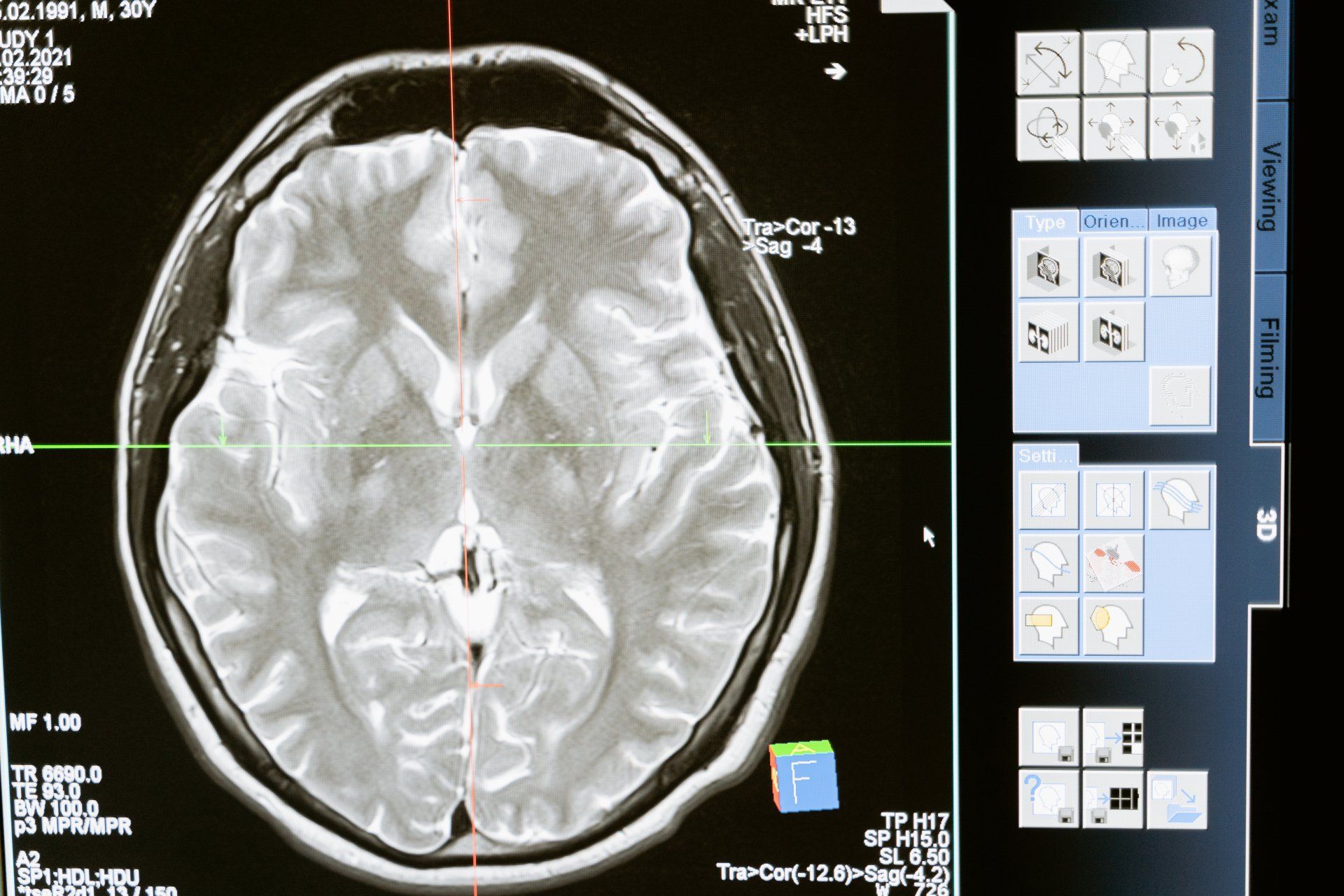Unveiling the Potential of Hyperbaric Oxygen Therapy (HBOT) in Neuropathy Management: A Comprehensive Exploration

Navigation links
Free Consultation
It's important to know that you are not alone. Get help with depression today!
TMS THERAPY SUPPORTS MENTAL WELLNESS
- Depression
- Lack of Joy
- Sadness and Despair
- Low Mood
- Lethargy
- Insomnia
- Oversleeping
- Social Isolation
- Self-Harm
- Substance Abuse
- Suicidal Ideation
- Alcoholism


Unveiling the Potential of Hyperbaric Oxygen Therapy (HBOT) in Neuropathy Management: A Comprehensive Exploration
Neuropathy, whether stemming from diabetes or chemotherapy, significantly impacts an individual's quality of life. The persistent pain, tingling sensations, and numbness can be incapacitating, affecting mobility and overall well-being. While traditional treatments may offer relief, many individuals seek alternative therapies for more effective symptom management. One such promising avenue is Hyperbaric Oxygen Therapy (HBOT), which has shown considerable potential in alleviating neuropathic symptoms by delivering heightened levels of oxygen to damaged tissues. In this comprehensive guide, we'll delve into the scientific underpinnings of HBOT and its efficacy in treating neuropathy, encompassing both diabetic neuropathy and chemotherapy-induced neuropathy.
Understanding Neuropathy
Neuropathy denotes nerve damage resulting in an array of symptoms, including pain, numbness, tingling sensations, and muscle weakness. It can arise from various factors such as diabetes, chemotherapy drugs, autoimmune diseases, infections, and trauma. Regardless of its origin, neuropathy often entails impaired nerve function and diminished blood flow to affected areas, exacerbating symptoms over time.
Hyperbaric Oxygen Therapy (HBOT)
HBOT entails the administration of 100% pure oxygen under increased atmospheric pressure within a pressurized chamber. By inhaling oxygen at elevated pressures, the concentration of oxygen in the bloodstream substantially rises, enabling it to dissolve into bodily fluids and reach areas with compromised blood flow, such as damaged nerves. This heightened oxygen supply facilitates cellular repair, diminishes inflammation, and fosters the growth of new blood vessels, ultimately aiding in the healing process.
HBOT and Diabetic Neuropathy
Diabetic neuropathy, a prevalent complication of diabetes, ensues from prolonged high blood sugar levels that inflict damage on nerves throughout the body. Symptoms may encompass numbness, tingling, burning pain, and weakness, predominantly in the feet and hands. HBOT has emerged as a promising adjunctive therapy for diabetic neuropathy as it addresses the underlying tissue hypoxia commonly observed in diabetic patients. By delivering oxygen-rich blood to damaged nerves, HBOT can alleviate neuropathic pain, enhance sensation, and promote wound healing in individuals with diabetic neuropathy.
HBOT and Chemotherapy-Induced Neuropathy
Chemotherapy-induced neuropathy represents a common side effect of certain cancer treatments, characterized by nerve damage resulting from the toxic effects of chemotherapy drugs. Symptoms may include pain, numbness, tingling, and weakness, often affecting the hands and feet. HBOT has demonstrated efficacy in mitigating chemotherapy-induced neuropathy by counteracting the oxidative stress and inflammation induced by chemotherapy agents. By supplying ample oxygen to nerve tissues, HBOT helps mitigate nerve damage, alleviate pain, and enhance nerve regeneration, thereby enhancing the quality of life for cancer survivors.
The Mechanism of Action
The therapeutic effects of HBOT on neuropathy stem from its ability to address tissue hypoxia, inflammation, and oxidative stress, all of which play pivotal roles in nerve damage and neuropathic pain. Oxygen delivered under hyperbaric conditions exerts multiple beneficial effects, including:
Enhanced tissue oxygenation: HBOT augments the oxygen content in blood plasma, facilitating oxygen diffusion into tissues with compromised blood flow, including damaged nerves.
Anti-inflammatory effects: HBOT diminishes inflammation by modulating immune responses and inhibiting pro-inflammatory cytokines, thereby alleviating neuropathic pain associated with inflammatory processes.
Neuroprotection: Oxygen therapy promotes the production of neurotrophic factors and enhances cellular metabolism, supporting nerve repair and regeneration.
Improved microcirculation: HBOT stimulates angiogenesis, the formation of new blood vessels, and enhances microcirculation, ensuring adequate oxygen and nutrient delivery to nerve tissues.
Conclusion
Hyperbaric Oxygen Therapy (HBOT) harbors significant promise as a non-invasive and adjunctive treatment modality for neuropathy, encompassing diabetic neuropathy and chemotherapy-induced neuropathy. By addressing tissue hypoxia, inflammation, and oxidative stress, HBOT aids in alleviating neuropathic symptoms, improving nerve function, and enhancing overall quality of life for affected individuals. While further research is requisite to elucidate optimal HBOT protocols and long-term outcomes, the existing evidence underscores the therapeutic potential of HBOT in neuropathy management. As always, individuals contemplating HBOT should consult healthcare professionals to ascertain its suitability and integration into their treatment regimen.

